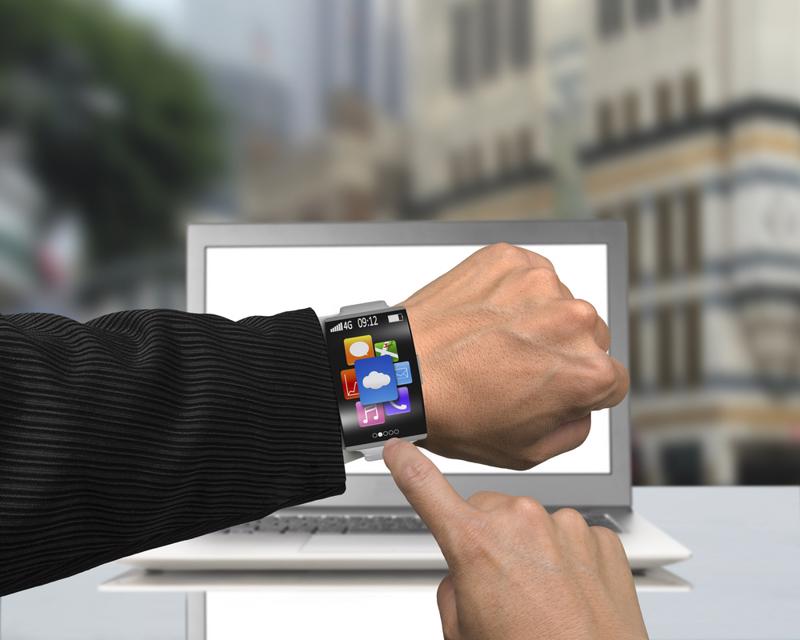
Business owners, insurance, smart devices and the IoT
By Max BurkhalterJanuary 26, 2021
As the Internet of Things advances and office equipment gets smarter, insurance companies and business owners can work together. Smart devices connected to the IoT can reduce the risk of damage, translating to lower insurance premiums for businesses.
Smart buildings, smart insurance ratings
According to LexisNexis, 70% of commercial property insurers believe that data from various sources, including smart devices, will drive database building and risk pools in the future. A building with movement sensors for the flow of people and water systems will have tighter security due to smart entry systems. Real-time surveillance and faster emergency response is going to introduce new rating factors to the insurance industry.
AXAXL Insurance and Reinsurance notes that "derisking" properties is a convenient, inexpensive way to reduce insurance premiums, as well as protect against costly claims. A $200 sensor that can immediately alert property management when a leak happens by detecting increased humidity can prevent tens of thousands of dollars in damage as well as the corresponding rate hike after such a claim. Some insurance companies are slowly starting to offer premium discounts for installation of approved "leak alert" devices.
Commercial insurers slow to adopt IoT
Even with obvious benefits already having taken a front seat in the world of residential property and casualty lines, commercial insurers are slower to adopt a pragmatic approach to IoT for property risk management. Part of the equation is an unwillingness to tamper with preset commercial property insurance parameters. However, as the market gets more competitive due to companies shifting to a distributed workforce, an angle is needed to convince corporate customers to choose insurance companies with something new on offer. Discounts for IoT connected devices for property and fleet management could be the key.
IoT in commercial lines can include any one of a range of emerging applications:
- Telematics solutions to enable tracking of vehicle fleets and individual truck or auto performance
- Wearables such as posture devices to cut down on worker injury on the job
- Activity trackers to ensure processes are being carried out correctly and by the right people
- Exoskeletons like those used by Ford and Boeing, as reported by IndustryWeek, to safeguard employee health and prevent injury
- Smart buildings and equipment monitoring for predictive maintenance schedules that can prevent breakdowns.

Commercial businesses that install IoT devices enable insurance companies to gain a better understanding of their operating and work practices. They gain better insight into the benefits beyond risk pricing and mitigation, enabling the insurer to shift from risk transfer to prevention and performance improvement solution activator, providing incentives for the use of technology in the form of lower premiums.
Example of cost savings with IoT
CFO records the results of a pilot program in which an IoT capability saved policyholders more than $500,000. The savings were directly tied to the ability to immediately identify frozen pipe leaks and cut property losses by roughly 80%, cutting injuries and related workers compensation claims in half, improving productivity. These findings are encouraging for IoT in commercial property insuring.
Continued advancements in technology will create more and more opportunity for commercial insurers. Perle can help by providing industrial frameworks for data storage, to track and analyze data received from IoT devices enabled by commercial customers, keeping insurance companies intimately connected with customer operating data. To learn more about Perle solutions for business, review some of our customer success stories.



